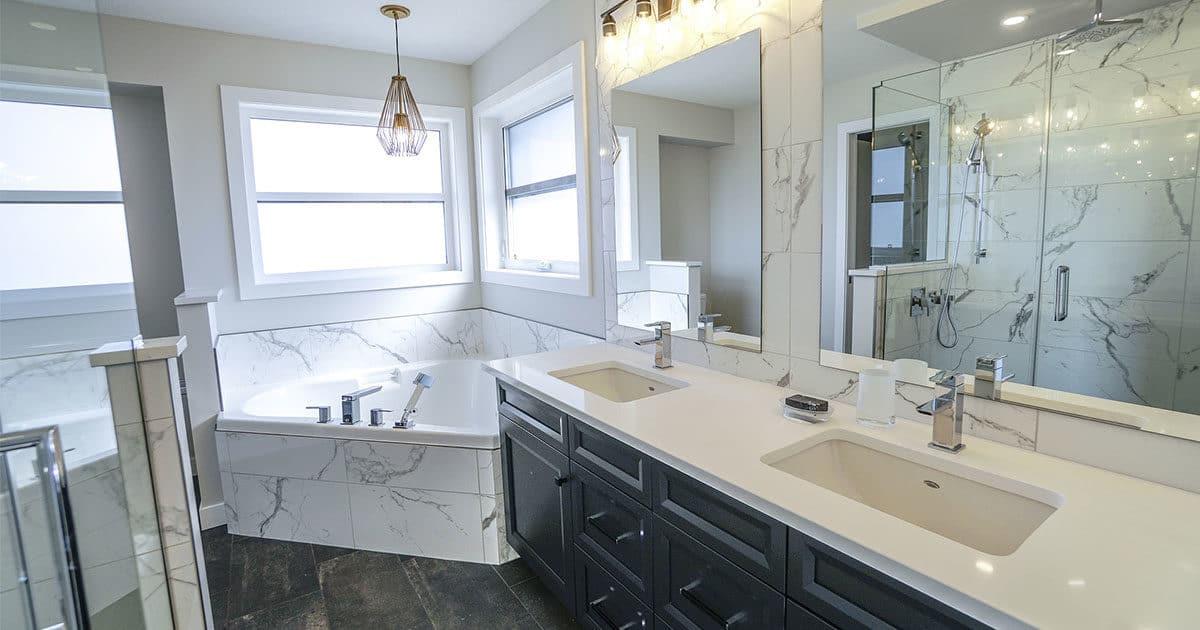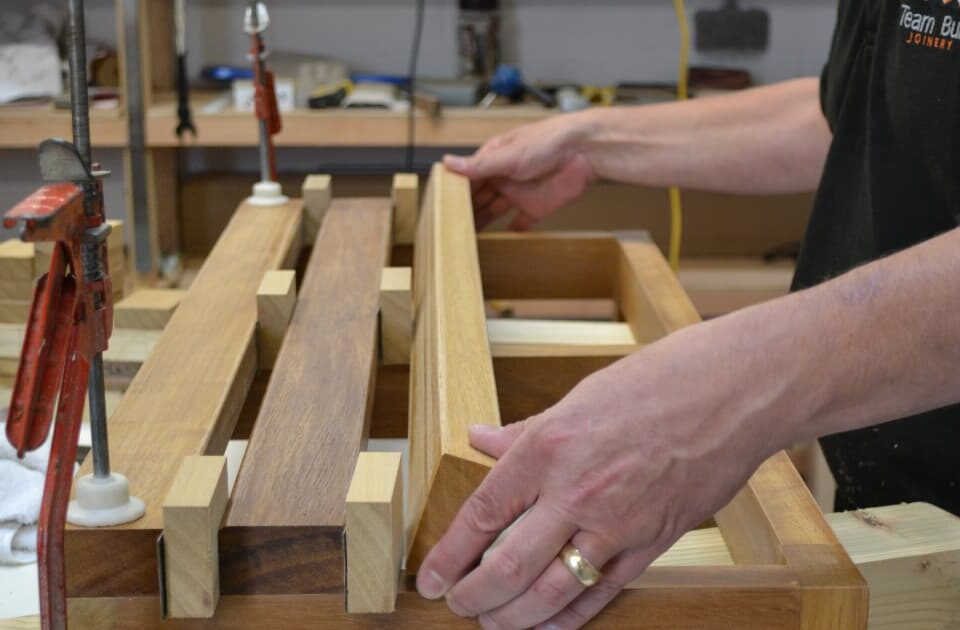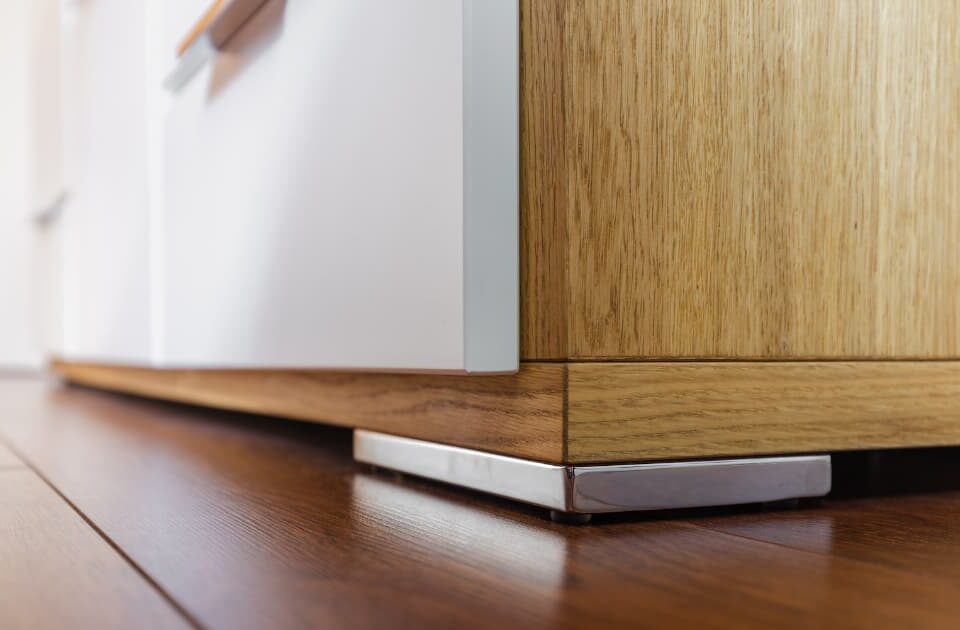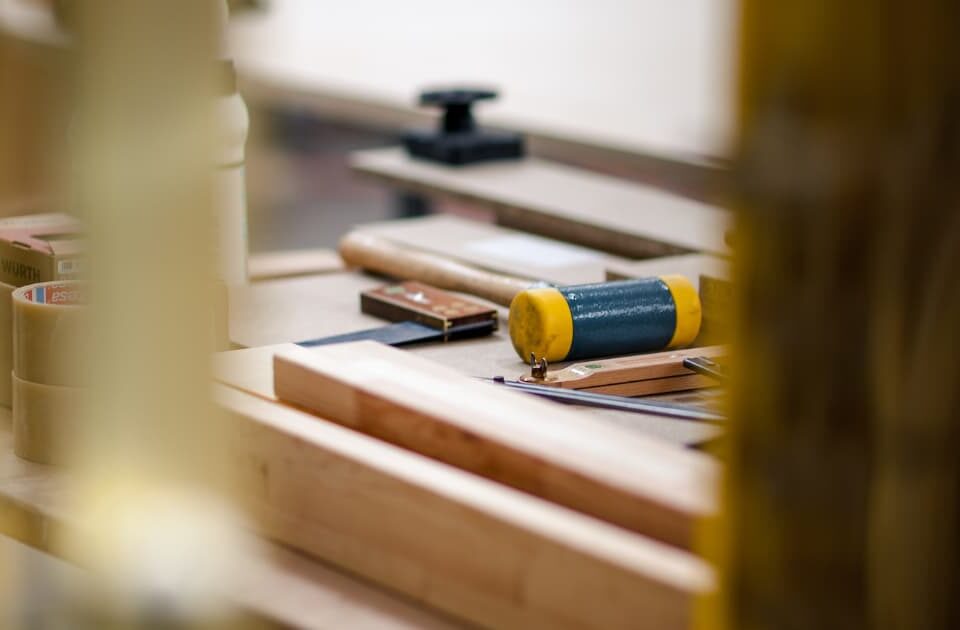Six Design Tips to Transform Your Bathroom

7 of the Best Office Design Trends for 2019
4th April 2019
Kitchen Cabinet Design Guide
24th April 2019Because we use them every day, bathrooms are one of the most important rooms in the house. It’s probably not surprising, then, that they’re also one of the most popular rooms when it comes to home improvements.
Making these changes can be daunting, especially if you’re not great at DIY or your bathroom needs a major makeover, including replacing fixtures and fittings. What, then, are the best ways to go about transforming your bathroom, especially if you’re on a budget? Here we look at six bathroom design tips you should consider before moving forward with your plans.
1. Decide what you want (or need) to do
When you hear the words “bathroom renovations”, your first thoughts might be of ripping out everything that is already there and replacing it with something new and shiny. This isn’t always the case when it comes to transforming your bathroom because even small changes can make a huge difference. Which is why, before you do anything, you need to decide what you want to do – be that a complete overhaul or a few small, but significant changes.
2. Understand the space
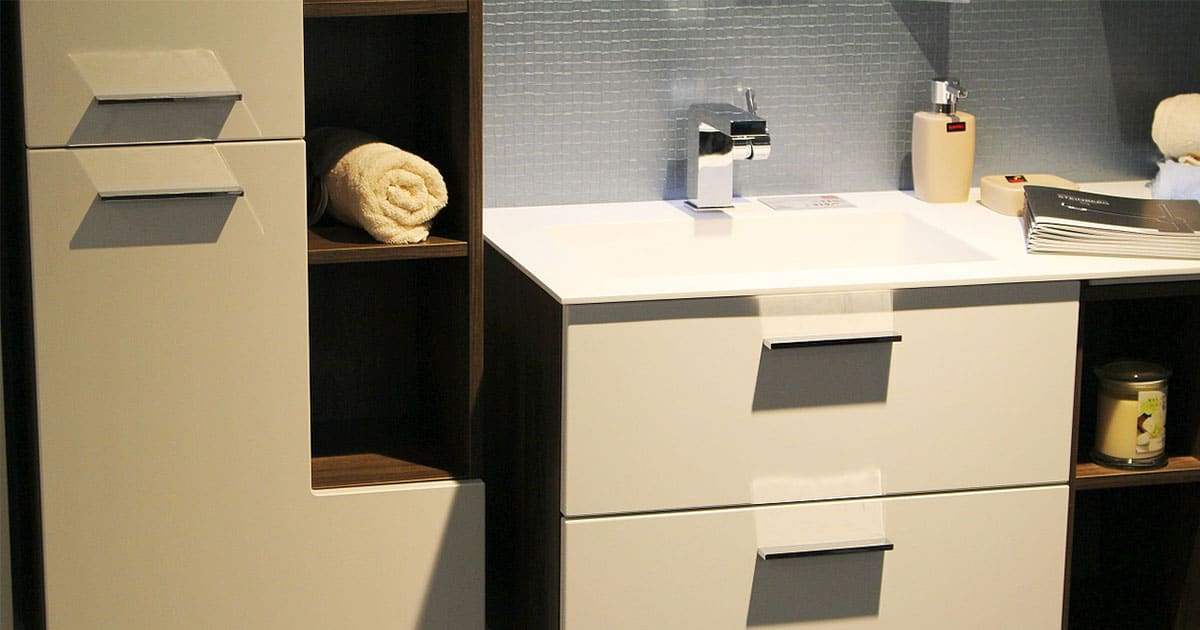
If you’re planning a complete overhaul, it’s essential you understand the space you’re working with. Map out your bathroom, including where pipes and electrics are, as these can have an impact on where you can place a bath, shower, toilet, sink or radiator.
Then, think about how you want to fill it – do you want a bath and shower, for example, or are you happy with just one? Moreover, what about storage – it’s always useful in a bathroom, but how much do you need? If you’re thinking smaller scale changes, knowing what you’re working with still matters; where the electrics are, for example, will affect where you can put up shelves.
3. Plan your project
Once you know what you want to do, you can make a plan. If it involves putting in a whole new bathroom, this will probably require you speaking to experts, a bathroom designer or fitter for example. If you’re planning on smaller changes, you’ll can probably work out what these will involve yourself (it might, after all, be something as simple as buying a can of paint).
What’s important is you know what steps to take, supplies to purchase and if you’ll need to employ a contractor.
4. Know your budget
Everyone will have a limit on what they can spend on transforming their bathroom. Make sure you know what yours is and then stick to it. For more extensive renovations, this means being clear with your contractor just how much you have available and what is important to you so they can help you prioritise when it comes to buying the fixtures and fittings.
For smaller bathroom improvements, it means shopping around for the best prices or coming up with creative ways to get the look you want; can you create shelving, for example, that looks the same – or similar – the bespoke version you saw in a magazine?
5. Make use of light and space
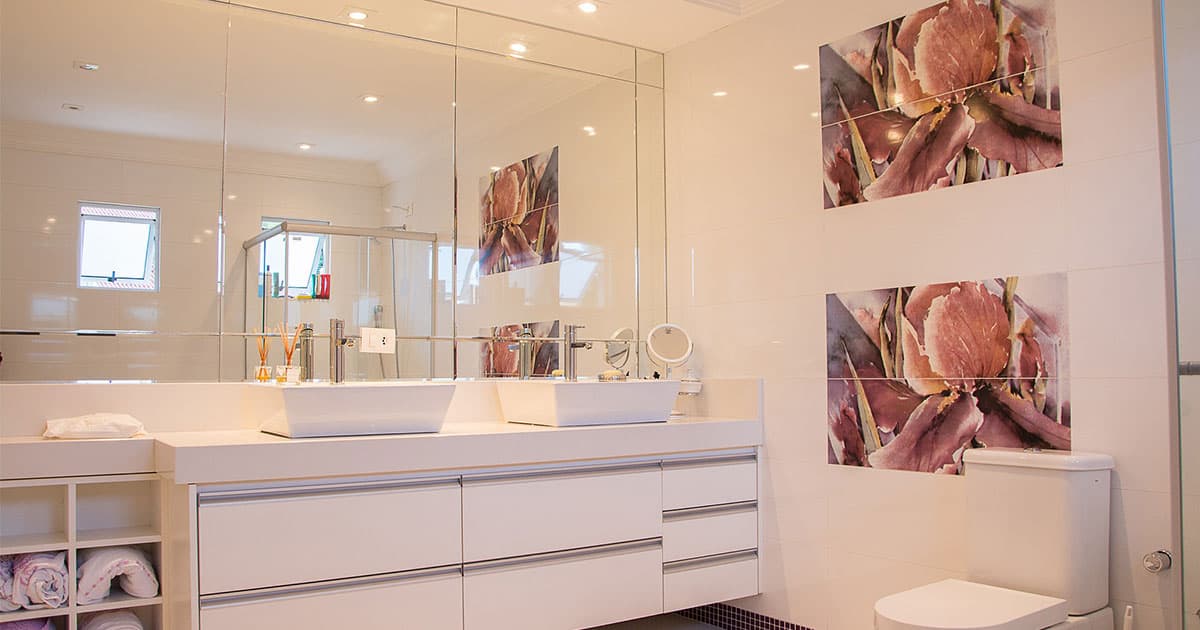
Bathrooms come in all shapes and sizes, many of which – especially in newer homes – can be quite small. You could make better use of the space by swapping out a bath for a shower or creating a wet room (for those that are looking at significant changes).
You can also make bathrooms look much bigger by taking advantage of any natural light, using light paints and added decorative features such as wall-to-wall mirrors. Get smart about storage too because nothing makes a bathroom looker small as much as clutter.
6. Brighten things up
Bathrooms can end up being bland or boring or quite sterile, none of which make them welcoming, or rooms you want to spend time in. You can avoid this by adding splashes of colour or your personal touches.
If you’re completely renovating your bathroom, this might mean choosing tiles that make a statement or swapping them out for wood panels, which are becoming increasingly popular when it comes to bathroom design. If you’re making minor changes, you can add colour with accessories such as towels and soap dispensers or you could use baskets and boxes to store things in.
Whatever you do, make sure the bathroom ends up looking the way you want it to look, and it reflects your style and personality. That way, you’ll be happy with what you’ve achieved and won’t be tempted to change it again any time soon.

